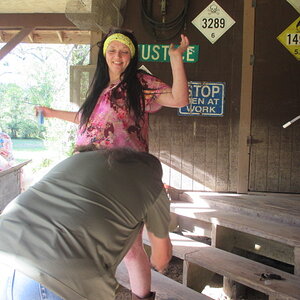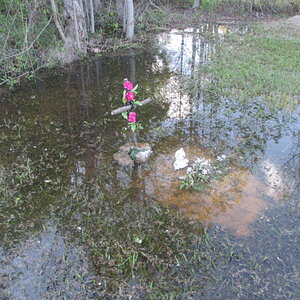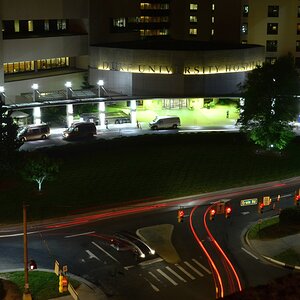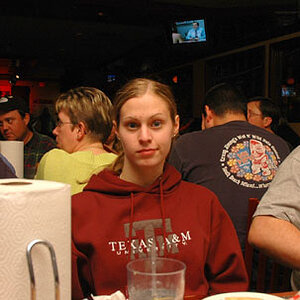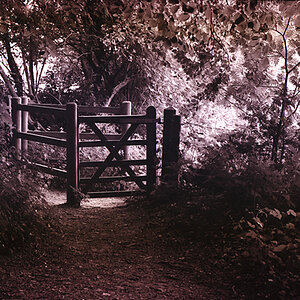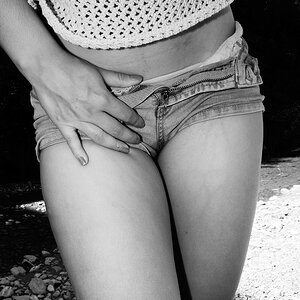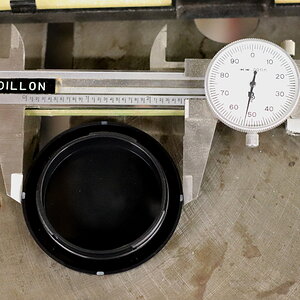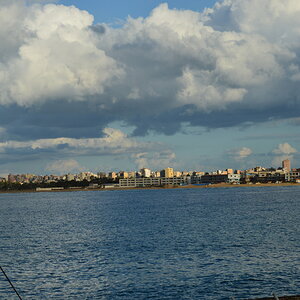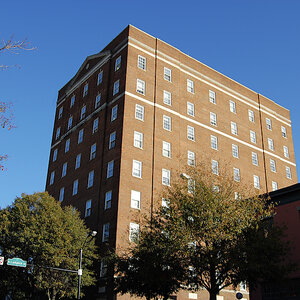These I think are the recommended exposures for different shades of black, gray, and white that comprise the subject. I read them in Ansel Adams' book THE NEGATIVE. I experimented if it can apply to digital as the same way as film. It does...Thank Ansel for the diligence employed in coming up with these recommended exposures. They are still of good use as of today..
ZONE 0 (darkest black)
1/125 at f/22
ZONE 1 (Black)
1/60 at f/22
ZONE 2 (grayish black)
1/30 at f/22
ZONE 3 (dark gray)
1/30 at f/16
ZONE 4 (gray)
1/30 at f/11
ZONE 5 (moderately light gray)
ZONE 6 (light gray)
1/30 at f/5.6
ZONE 7 (grayish white)
1/30 at f/4
ZONE 8 (whitish gray)
1/15 at f/4
ZONE 9 (whitish)
1/8 at f/4
ZONE 10 (invisibly white)
1/4 at f/4
ZONE 0 (darkest black)
1/125 at f/22
ZONE 1 (Black)
1/60 at f/22
ZONE 2 (grayish black)
1/30 at f/22
ZONE 3 (dark gray)
1/30 at f/16
ZONE 4 (gray)
1/30 at f/11
ZONE 5 (moderately light gray)
ZONE 6 (light gray)
1/30 at f/5.6
ZONE 7 (grayish white)
1/30 at f/4
ZONE 8 (whitish gray)
1/15 at f/4
ZONE 9 (whitish)
1/8 at f/4
ZONE 10 (invisibly white)
1/4 at f/4


